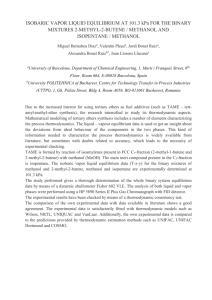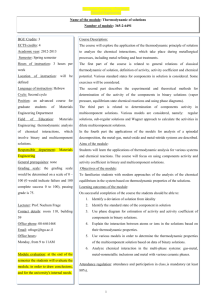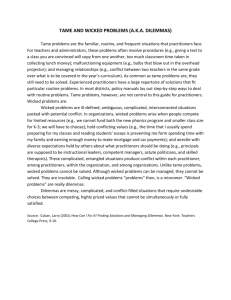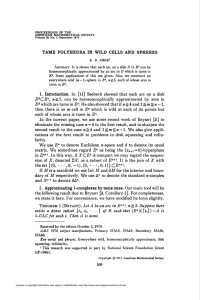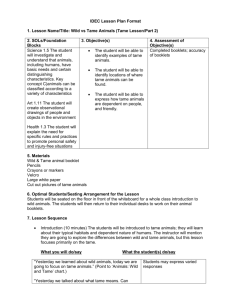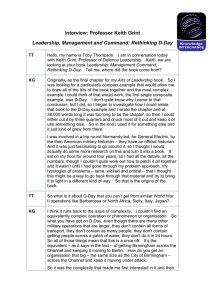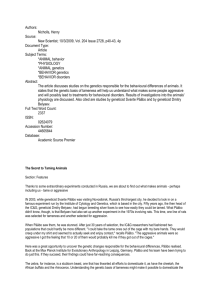Isobaric vapor liquid equilibrium at 101,3 kPa for the binary
advertisement
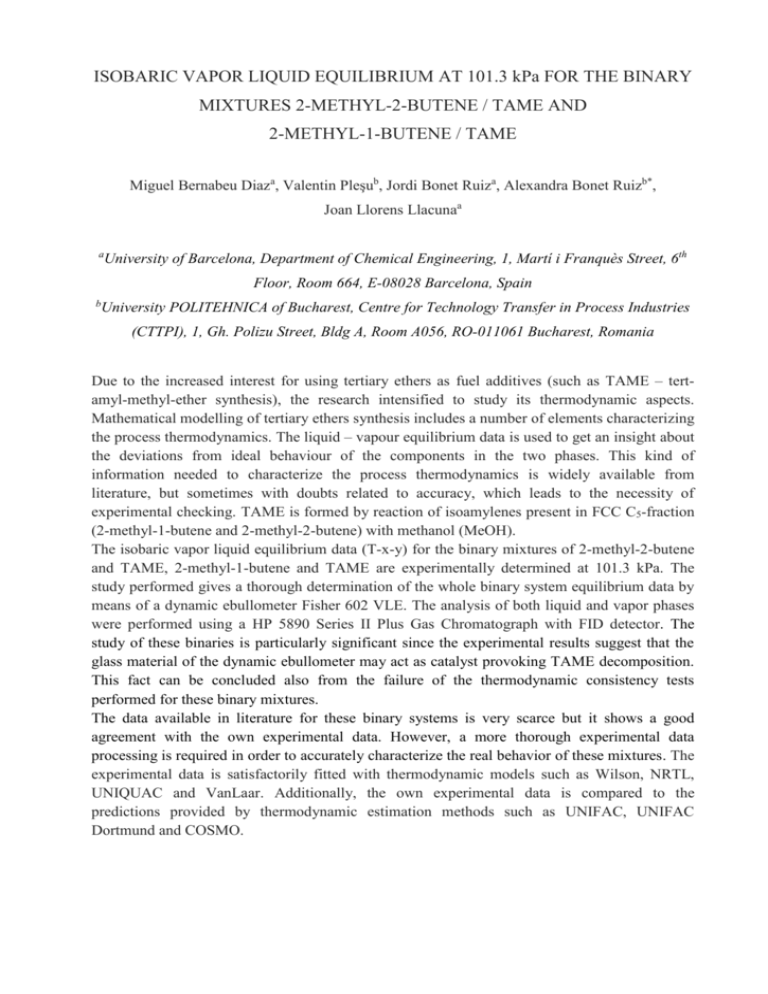
ISOBARIC VAPOR LIQUID EQUILIBRIUM AT 101.3 kPa FOR THE BINARY MIXTURES 2-METHYL-2-BUTENE / TAME AND 2-METHYL-1-BUTENE / TAME Miguel Bernabeu Diaza, Valentin Pleşub, Jordi Bonet Ruiza, Alexandra Bonet Ruizb*, Joan Llorens Llacunaa a University of Barcelona, Department of Chemical Engineering, 1, Martí i Franquès Street, 6th Floor, Room 664, E-08028 Barcelona, Spain b University POLITEHNICA of Bucharest, Centre for Technology Transfer in Process Industries (CTTPI), 1, Gh. Polizu Street, Bldg A, Room A056, RO-011061 Bucharest, Romania Due to the increased interest for using tertiary ethers as fuel additives (such as TAME – tertamyl-methyl-ether synthesis), the research intensified to study its thermodynamic aspects. Mathematical modelling of tertiary ethers synthesis includes a number of elements characterizing the process thermodynamics. The liquid – vapour equilibrium data is used to get an insight about the deviations from ideal behaviour of the components in the two phases. This kind of information needed to characterize the process thermodynamics is widely available from literature, but sometimes with doubts related to accuracy, which leads to the necessity of experimental checking. TAME is formed by reaction of isoamylenes present in FCC C5-fraction (2-methyl-1-butene and 2-methyl-2-butene) with methanol (MeOH). The isobaric vapor liquid equilibrium data (T-x-y) for the binary mixtures of 2-methyl-2-butene and TAME, 2-methyl-1-butene and TAME are experimentally determined at 101.3 kPa. The study performed gives a thorough determination of the whole binary system equilibrium data by means of a dynamic ebullometer Fisher 602 VLE. The analysis of both liquid and vapor phases were performed using a HP 5890 Series II Plus Gas Chromatograph with FID detector. The study of these binaries is particularly significant since the experimental results suggest that the glass material of the dynamic ebullometer may act as catalyst provoking TAME decomposition. This fact can be concluded also from the failure of the thermodynamic consistency tests performed for these binary mixtures. The data available in literature for these binary systems is very scarce but it shows a good agreement with the own experimental data. However, a more thorough experimental data processing is required in order to accurately characterize the real behavior of these mixtures. The experimental data is satisfactorily fitted with thermodynamic models such as Wilson, NRTL, UNIQUAC and VanLaar. Additionally, the own experimental data is compared to the predictions provided by thermodynamic estimation methods such as UNIFAC, UNIFAC Dortmund and COSMO.
